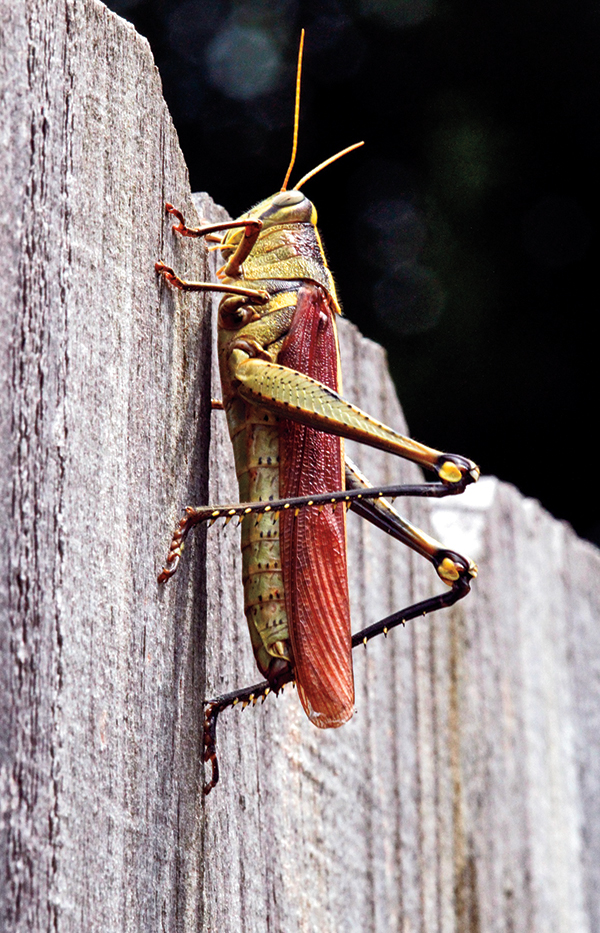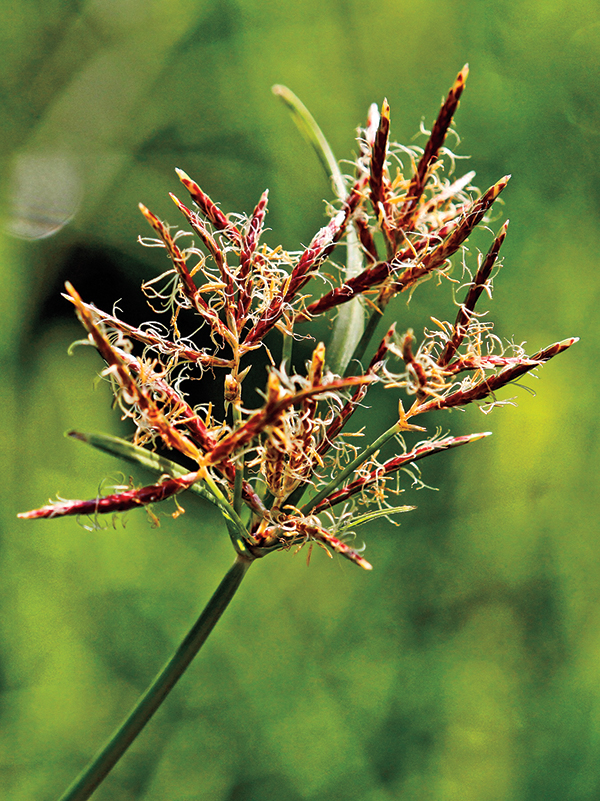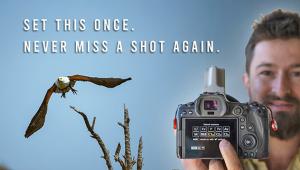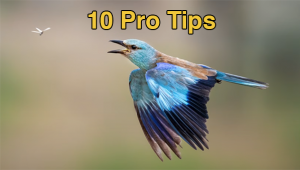How to Get Up Close & Personal with Macro Photography: Tips For Getting Striking Close-Ups

All Photos © Ron Leach
One of the first bits of advice offered to less-experienced photographers is to “get closer to your subject.” More advanced shooters know that moving in tight tends to avoid background clutter and emphasize the primary subject. Macro (or close-up) photography takes this tenet to the extreme and makes possible some very unique imagery as long as one owns the required equipment and employs proper techniques.
There is a variety of gear available to get you started, like thread on close-up filters, lens reversing rings, bellows units or extension tubes. But for best results a dedicated macro lens is typically the best way to go.
Some so-called “macro zoom” lenses offer a 1:4 reproduction ratio; i.e., one-quarter life-size, but if you’re really serious about this genre you’ll want to get a lens offering a 1:1 reproduction ratio. With one of these “real” macro lenses you can even capture details that are hard to discern with the naked eye.

Choosing A Macro Lens
The most common lenses of this sort are of the 50mm or 60mm variety, but telephoto macro lenses are also available and these provide a much more comfortable working distance—helpful when shooting wary insects, reptiles, or venomous subjects. Being able to shoot from a greater distance is also very useful when using macro lighting equipment.
One of my favorite telephoto macro lenses is the Tamron SP AF 180mm f/3.5 Di, which provides a 1:1 reproduction ratio and is the lens used for the images shown here.
When shooting at high magnifications, not only is your subject magnified but so is any camera movement, so a sturdy tripod is almost a must. You can also minimize subject blur, especially when photographing stationary subjects, by using a cable release or your camera’s self-timer to trip the shutter. For handheld shooting, my preferred approach is to prefocus the lens at its closest setting in the Manual Focus mode, and slowly move toward the subject until it appears in sharp focus (rather than compose the shot and then attempt to acquire focus).

Depth of Field
Depth of field is very narrow at close distances, which, depending upon the effect you’re after, means using the smallest aperture possible. Of course small apertures mean slower shutter speeds—contradicting the above advice of using fast shutter speeds to minimize camera or subject movement. Thus, you’ll need to experiment with ISO settings and arrive at a compromise most suitable for the subject at hand and the effect you desire.
Those soft summer breezes we tend to appreciate on warm days tend to be your enemy when photographing flowers or other delicate subjects that move with the wind. One simple solution here is to use a strategically placed poster board to shield your subject from the wind. A white board is also helpful as a reflector, while a black or colored board placed behind your subject can help achieve some interesting effects.
With stationary objects, another means of creating some unusual macro images is to place your subject on a mirror or a rippled glass surface. I keep an old shower door handy for exactly this purpose.
Supplemental lighting is also a possibility, and there are a variety of products available specifically for this purpose. I prefer shooting with available light, but one of my favorite tools when supplemental light is required is a lens-mounted ring light that surrounds your subject with soft shadowless illumination.
In short, macro photography, like other forms of our craft, is subject to experimentation, and with a bit of practice with various subjects and techniques you’ll arrive at an approach that works best for you.















































